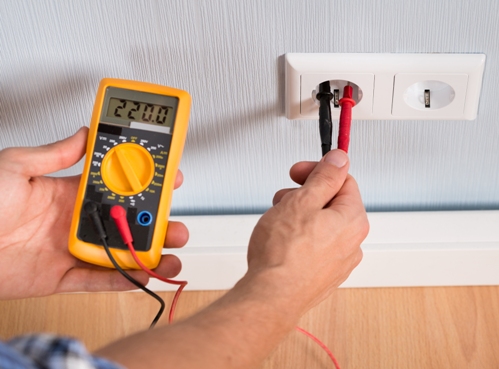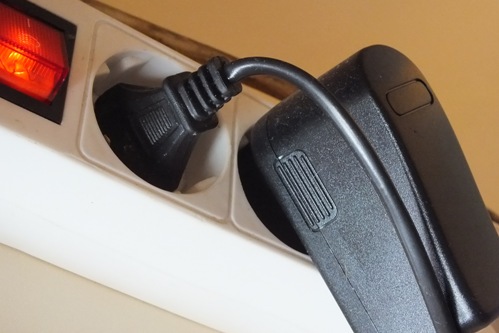Categories: Featured Articles » Interesting Facts
Number of views: 18478
Comments on the article: 4
Why in different countries the voltage and frequency in the electric network differ
In the Soviet Union until the 1960s, AC mains voltage had an effective value of 127 volts. In the United States during the same years, the voltage at the outlet reached 120 volts. Later, the current voltage values in the networks will be standardized with changes in order to reduce copper consumption for wires, because for transmitting the same electric power, the smaller the cross-section of the wires is, the smaller the current, and the current in the wire will be the smaller, the higher the voltage at transmission.
However, this transition will not happen immediately. Economically, the transmission of electricity at high voltage, of course, is more profitable, but switching to another voltage on a national scale is by no means cheap, not to mention changing current frequency standards.

Historically, the first electric networks in the USA owed their voltage of 110 volts to the famous inventor Thomas Alva Edison. These are his light bulbs with carbon filaments were designed for constant voltage supply of 100 volts even before the victory of Nikola Tesla in the “Current War”, which (victory) was gradually affirmed in the minds of engineers since 1928.
The fact is that the typical voltage of Edison DC power plants was just 110 volts, because 10 volts simply disappeared during the transmission, since a good fraction of the transmitted power was simply dissipated in the wires in the form of heat according to the Joule-Lenz law. At the same time, Edison's company did not even think about abandoning its standard of 110 volts.
With the invention in 1883 by Nikola Tesla (and in Russia - Mikhail Osipovich Dolivo-Dobrovolsky, after Tesla) of an AC induction motor, widespread electrification of the European continent began, where incandescent lamps had a metallic filament, and the voltage of such a lamp needed to be doubled - 220 volts, which at first began to be obtained by parallel connection of two lines of 110 volts, which was economically unprofitable .

So 220 volts of alternating current appeared in Berlin immediately, as soon as the city began to electrify on a large-scale, and power losses during transmission decreased as a result by four. They did not begin to increase the voltage further, since this would not be safe for humans.
In the United States of America, the TN-C-S is the standard power supply system today. In the TN-C-S system, the transformer substation has a direct connection of the conductive parts with the ground and a tightly grounded neutral. See more about this here - The principles of operation of grounding systems for buildings TN-C and TN-C-S.
To ensure communication at the site of the transformer substation - the entrance to the building, a combined zero working (N) and protective conductor (PE) accepting the designation PEN is used. The single-phase voltage here is now 120/240 volts, it is provided by a step-down transformer with a grounded central terminal.

The generally accepted AC frequency in the United States at the moment is 60 Hz, which theoretically allows less copper and iron to be used on transformers and motors than would be necessary at a frequency of 50 Hz.
However, with regard to the average value close to the historical 110 volts, in the USA it probably remained as a tribute to Edison, too many 110 volt power lines were built during his glory. On the other hand, 110 volts is safer for humans than 220 volts. What is not a plus in favor of the United States?
Compared with the United States, in Europe and in Russia, with the widespread introduction of AC networks, the standard 220 volts appeared immediately. After the war in the USSR, transformers throughout the country were replaced with new ones, they were immediately installed with an output voltage of 220 volts instead of the former 110-127 volts.In the USSR, German scientists who participated in the electrification of the country had a hand in choosing the standard voltage.

So it happened "220 volts with a frequency of 50 Hz" in the Soviet Union, and then in Russia and the CIS countries. In Europe today, the standard voltage is 230 volts 50 Hz, in Russia it is actually the same, but officially this value has been regulated for Russia after the 90s by the following document - GOST 29322-2014.
See also on our website: Why the frequency standard of 50 hertz is chosen in the electric power industry
See also at i.electricianexp.com
:
